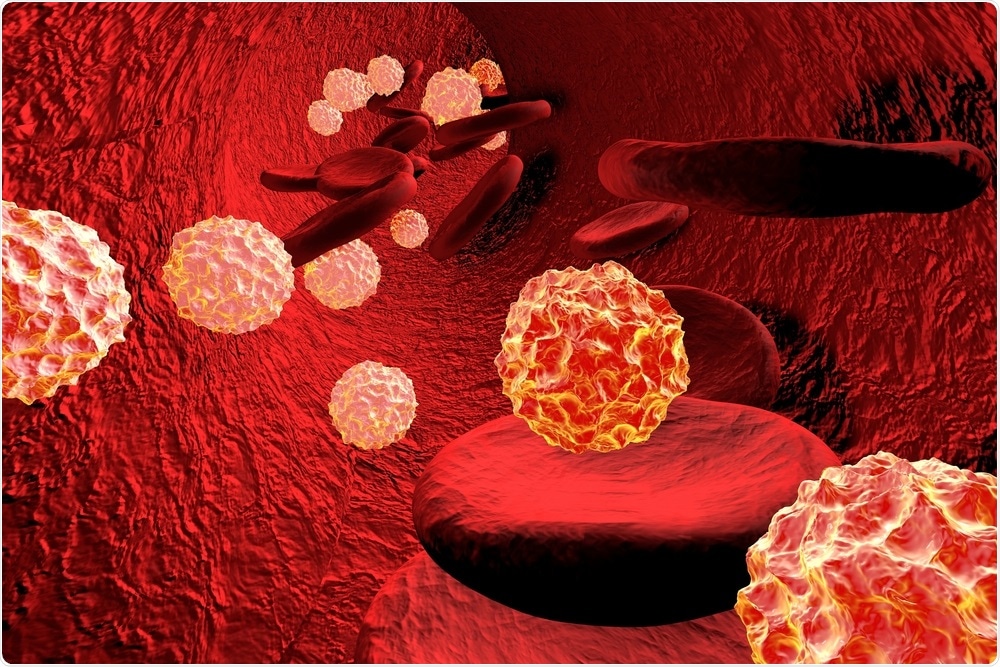
The attempt was successful, but only to a certain extent - the edited cells have survived in the man’s body for more than a year and no side effects were detected. However, there were not enough cells to significantly reduce the amount of HIV in his blood, so the effort fell short of being a cure for the illness.
Genetics expert Carl June from the University of Pennsylvania says CRISPR holds promise and seems to have proved a precise and safe technique so far in this patient, which is “really good for the field.”
Biologist Fyodor Urnov from the University of California also highlights that this is an important step towards using gene editing to treat human disease: “Because of this study, we now know that these edited cells can survive in a patient, and they will stay there.”
Scientists in China have been pushing the boundaries of gene editing in humans
China has been pushing the boundaries with CRISPR ever since it arrived in the bioengineering toolbox. Last year, Chinese scientist, He Jiankui, caused worldwide outrage when he announced he had used the tool to edit embryos in an attempt to make twin girls immune to HIV.Editing embryos is considered dangerous, partly because the altered DNA can potentially be passed on to future generations. In response to the scandal, China promised to introduce new, stricter rules that would regulate gene-editing in humans.
Now, Hongkui Deng (Peking University’s Stem Cell Research Center) and colleagues have reported the first account of CRISPR being used to treat disease in an adult, where edits to the DNA would be confined to just that person.
“In our study, gene-editing was applied to adult cells,” says Deng. Importantly, this means the edited gene will remain unaltered in non-blood cell tissues.
“The safety profile appears to be acceptable,” writes June in an accompanying editorial. The editing appeared to be precise, he says, and the engineered stem cells did not provoke an immune response in the patient. However, he did note that the study’s single patient means the data are limited.
Editing the CCR5 gene
In 2017, Deng and team engineered human stem cells that mimicked a rare form of natural immunity to HIV and administered them to an HIV-infected man who already needed a blood stem cell transplant to treat cancer.The man was treated with chemicals and radiation to wipe out his bone marrow and make room for the millions of engineered stem cells that were then transplanted. These new donated stem cells would replace the patient’s unhealthy ones in an attempt to cure his cancer.
However, unlike routine cases of bone marrow transplant, this time the donated stem cells had been edited with CRISPR to cripple the CCR5 gene, which is needed for HIV to enter immune cells.
To edit the donor stem cells, Deng and colleagues applied a mild electric shock that enables CRISPR to move through the cell membrane and start cutting DNA.
This approach limits off-target effects, since the tool is in cells for such a short period of time that it is unlikely to break any DNA that it is not intended to. However, the approach also means that not all the cells get edited.
Cancer in remission, but HIV still present
Now, more than two years later, the patient is still in good health and his cancer is in full remission.As recently reported in the New England Journal of Medicine, the gene-edited stem cells survived and are still supplying all the blood and immune cells required. A small proportion of them also still have the protective CCR5 mutation that was introduced.
However, there are not enough of the edited cells to have cured the patient’s HIV and he is taking antiretroviral therapy to keep his viral load in check.
There's still 'room for improvement'
After the transplant, only 5 to 8% of the bone marrow cells carried a copy of the CCR5 edit, meaning they were significantly outnumbered by cells that are susceptible to infection.“They need to approach 90% or more, I think, to actually have a chance of curing HIV,” says June.
In the specific type of T cell that HIV uses to target the immune system, the edited version of CCR5 was only present in about 2% of them.
“That leaves a lot of room for improvement,” says molecular biologist Paula Cannon from the University of Southern California.
Director of research for amfAR, the Foundation for AIDS Research, Rowena Johnston, says: “At those levels, the cells would not be expected to have much of an effect against the virus. Ultimately, it comes down to the editing efficiency. That’s the biggest challenge right now.”
Still, experts say the experiment shows that using CRISPR in this way appears to be safe and represents one more step towards creating drug-free HIV treatments.
“CRISPR is certainly looking like the future right now, so I’m very interested these researchers decided to go in this direction,” concludes Johnston.
Journal reference:
Xu, L., et al. (2019). CRISPR-Edited Stem Cells in a Patient with HIV and Acute Lymphocytic Leukemia. NJEM. nejm.org/doi/10.1056/NEJMoa1817426






No comments
Post a Comment